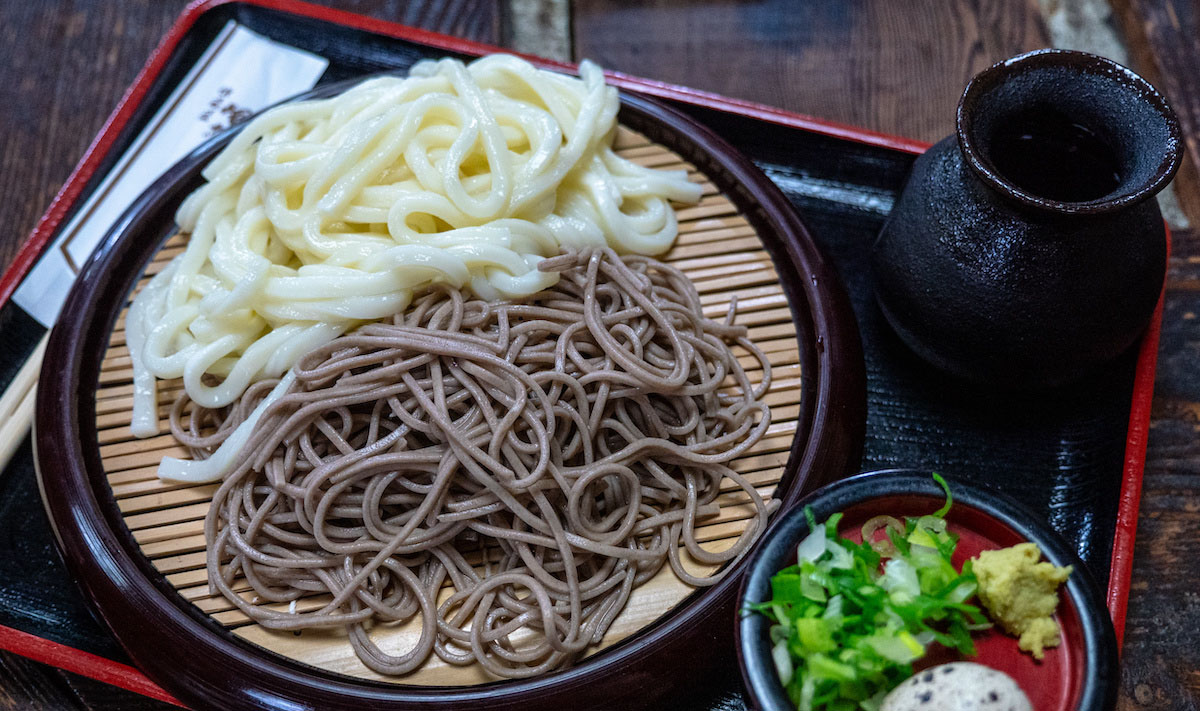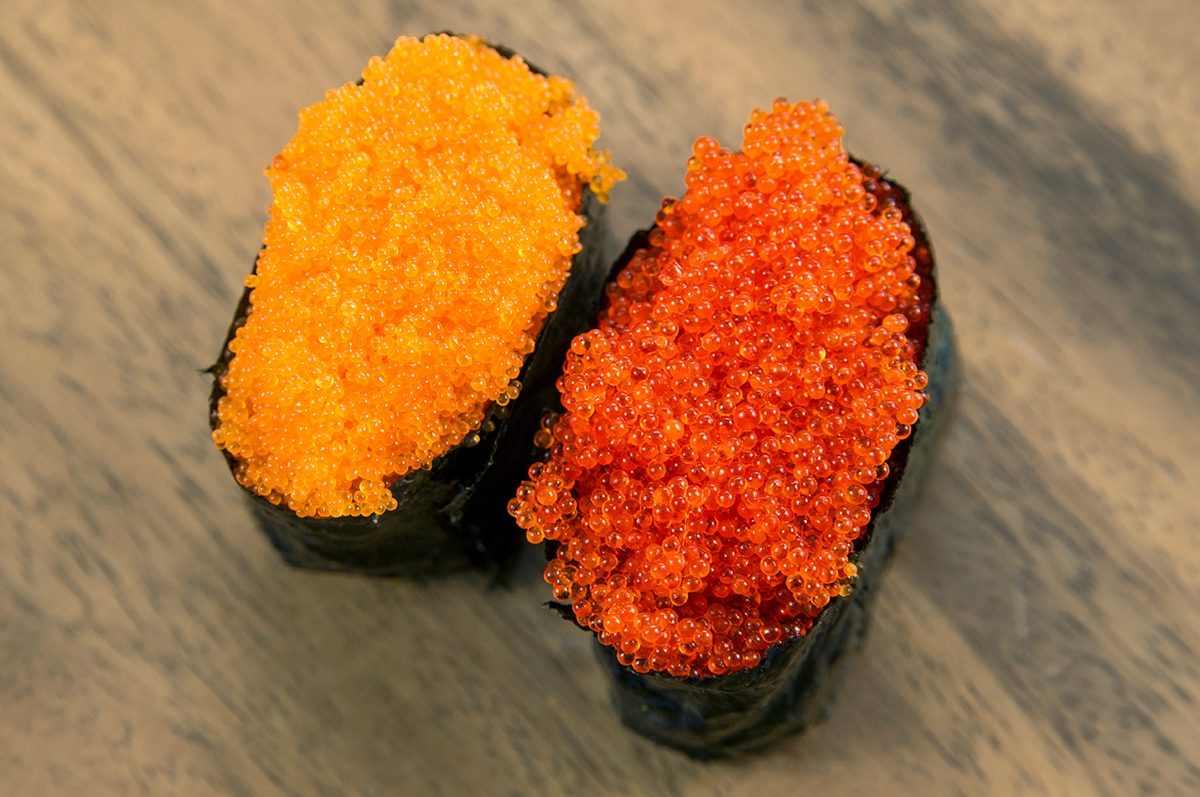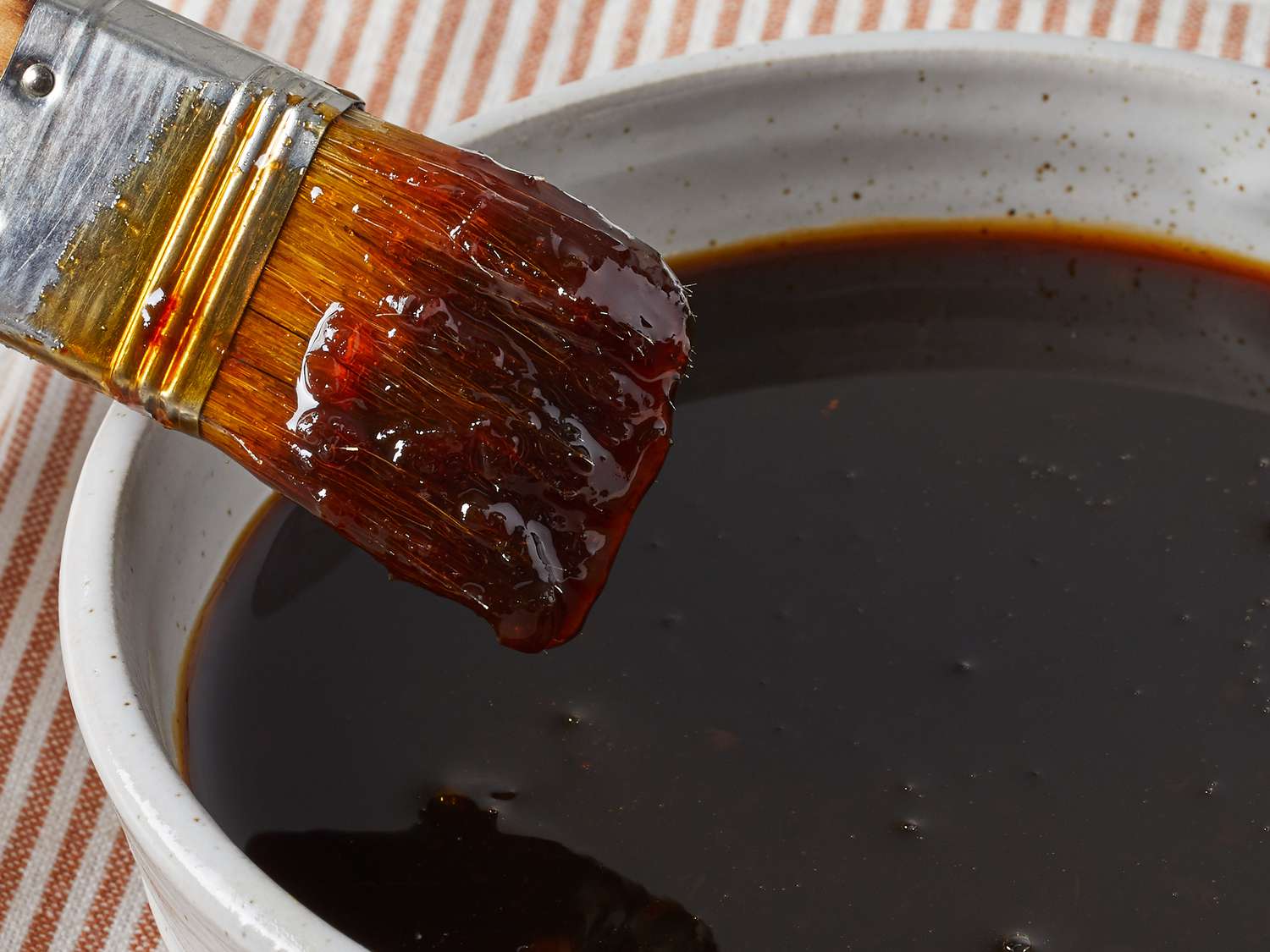When it comes to Thai cuisine, one ingredient that stands out for its unique flavor and versatility is Thai tamarind. This tangy fruit is a staple in Thai cooking, adding a delightful sourness to a wide range of dishes. But what exactly is Thai tamarind, and how is it used in Thai cuisine? Let's explore this intriguing ingredient and learn more about its culinary significance.
What is Thai Tamarind?
Thai tamarind is the fruit of the tamarind tree, scientifically known as Tamarindus indica. This tropical tree produces pod-like fruits that contain a sweet and sour pulp. The pulp, which surrounds the seeds, is the part of the fruit that is commonly used in cooking. Thai tamarind is known for its distinct tangy flavor, which adds a delightful sourness to dishes.
Culinary Uses
In Thai cuisine, tamarind is used in various forms to enhance the flavor of dishes. Here are some common culinary uses of Thai tamarind:
-
Tamarind Paste: Tamarind paste is a concentrated form of tamarind pulp that is widely used in Thai cooking. It is often used to add a sour note to dishes such as curries, soups, and stir-fries.
-
Tamarind Juice: Tamarind juice is made by soaking tamarind pulp in water and then straining it to extract the flavorful liquid. This tangy juice is used to add acidity and depth of flavor to sauces, marinades, and dressings.
-
Tamarind in Soups and Stews: Tamarind is often added to Thai soups and stews to impart a sour and slightly sweet flavor. It is a key ingredient in dishes such as Tom Yum soup, where its tangy taste balances the other flavors in the dish.
-
Tamarind in Dipping Sauces: Tamarind is also used to create tangy dipping sauces that accompany dishes like spring rolls, grilled meats, and seafood.
Health Benefits
In addition to its culinary uses, Thai tamarind offers several health benefits. It is rich in vitamins, minerals, and antioxidants, making it a valuable addition to a healthy diet. Some potential health benefits of tamarind include:
- Digestive Health: Tamarind is known for its digestive properties and is often used to alleviate digestive issues such as constipation and indigestion.
- Antioxidant Properties: The antioxidants present in tamarind may help protect the body from oxidative stress and inflammation.
- Vitamin C: Tamarind is a good source of vitamin C, which is essential for immune function and overall health.
Buying and Storing
When purchasing Thai tamarind, look for tamarind paste or whole tamarind pods in the international foods section of your local grocery store or at Asian markets. Tamarind paste is a convenient option for cooking, as it can be easily stored in the refrigerator for an extended period.
In Conclusion
Thai tamarind is a versatile and flavorful ingredient that plays a crucial role in Thai cuisine. Its tangy taste and culinary versatility make it a beloved component of many Thai dishes. Whether used to add a sour note to curries or to create tangy dipping sauces, tamarind adds a unique and delightful flavor to a wide range of dishes. Additionally, its potential health benefits make it a valuable addition to a well-rounded diet. So, the next time you're exploring Thai cuisine, be sure to savor the distinctive flavor of Thai tamarind.
Was this page helpful?
Read Next: What Is Truffle Hot Sauce?











